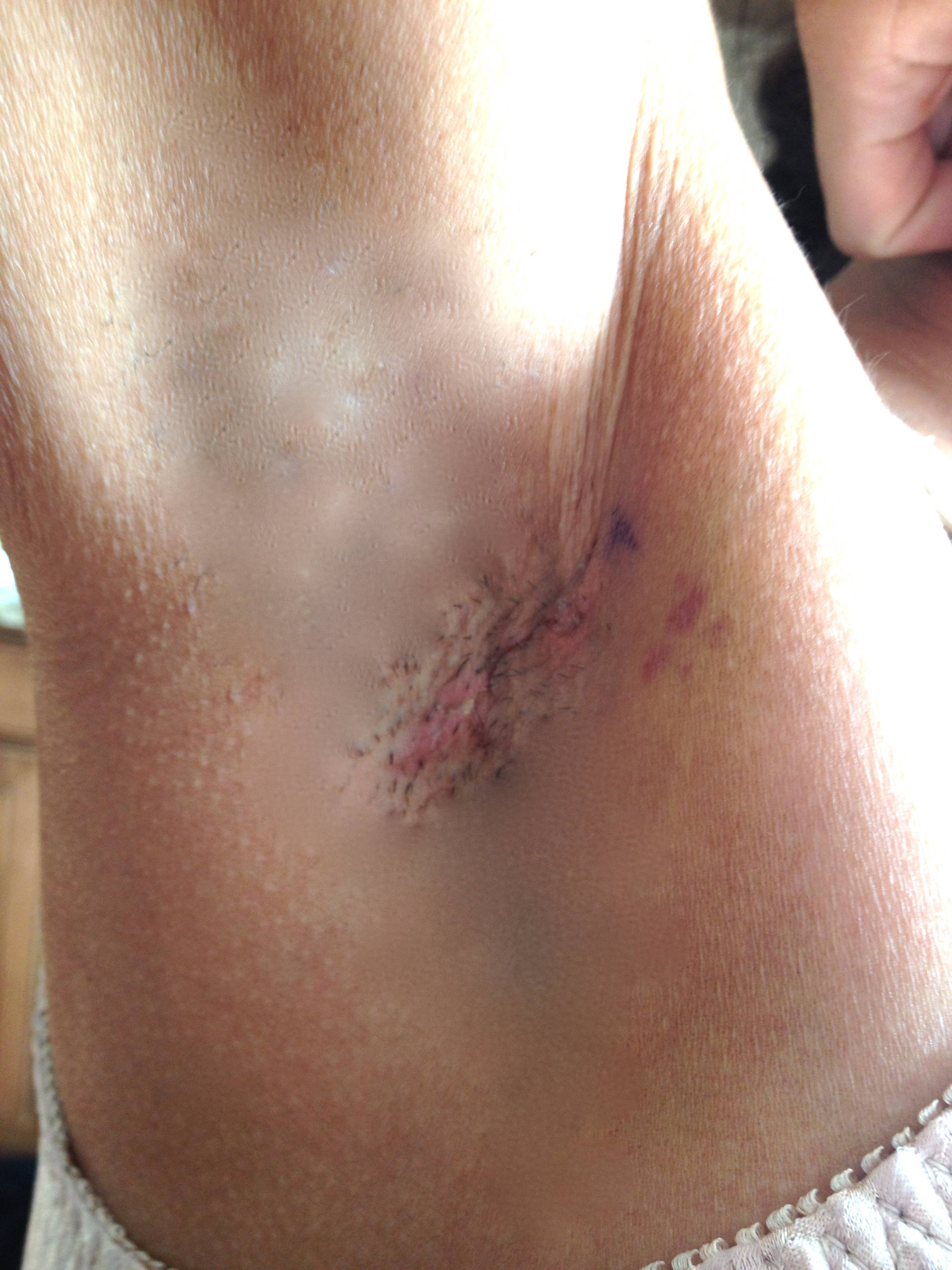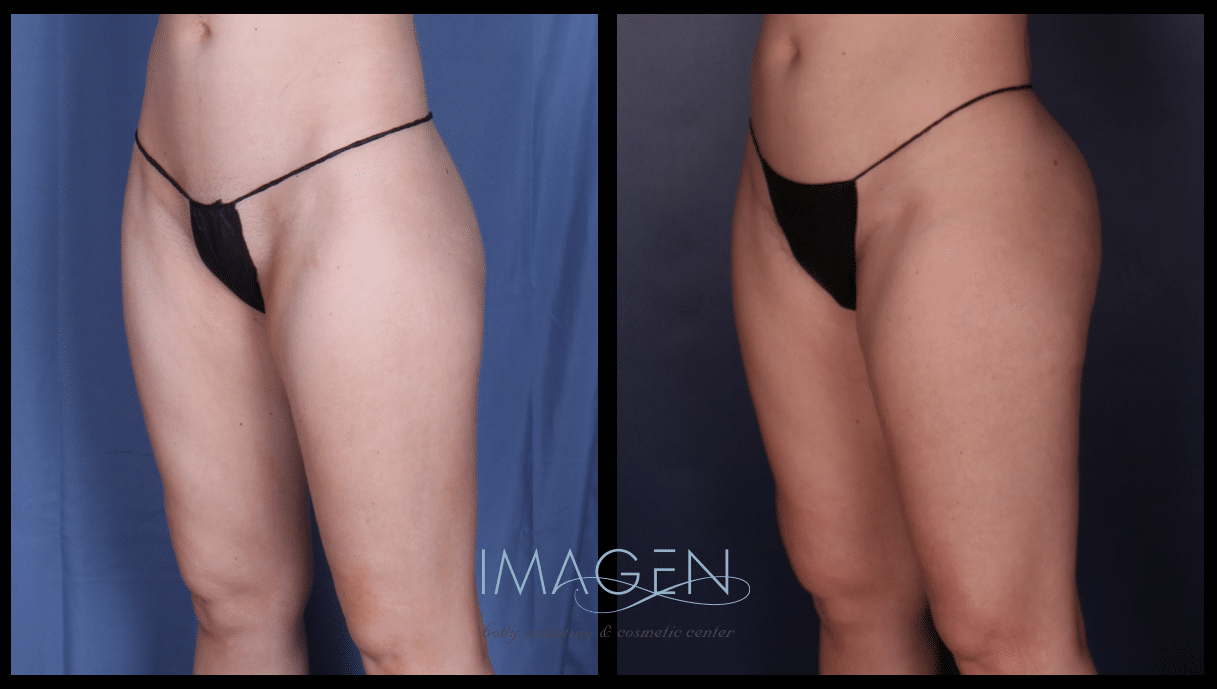
Before you hire a surgeon to do a fat-transfer to your face, it is important to know what to look out for in a doctor. You should find out details about the procedure such as the surgeon who will perform it, the pain level and the recovery time. In addition, you should ask how the doctor rates with prior patients. Ultimately, success depends on the skill of the surgeon. For now, you can read this article to learn how to find a great surgeon.
Candidate requirements
Different procedures have different requirements. Candidates should be in good health and free from any chronic or serious conditions. Smoking is a disqualification for this procedure, and patients must stop smoking prior to the procedure. To avoid complications, and for good results, quitting smoking is crucial. If you are considering this procedure, be sure to understand all of the possible risks and benefits before booking your consultation.
The procedure requires that candidates are healthy and have no underlying health issues. The patient must also be relatively young and have realistic expectations. Dr. Gardner will talk with you about the risks and benefits of fat transfer to your face. He will also help you decide if this is the right procedure for you. You may also experience a slight bloating or loss of skin volume.

Recovery time
While fat transfer to facial procedures take a little longer to heal, most patients will be able to return to work within seven days. During this period, the area will continue healing and swelling will continue to diminish until final results are visible. Although the process takes a short time, it is important that you allow for adequate recovery time. Patients should start to see the final results after six months.
The procedure usually does not leave detectable scars. The fat is collected from the donor site using a thin tube called a cannula. The fat is then washed and processed. In some cases, plastic surgeons use a centrifuge to process it. The fat is then injected using the cannula. It is then passed through the target area several times. Repeat this process until the desired amount of fat is placed.
Pain level
Some swelling may occur after fat transfer to the facial procedure. You can reduce swelling by applying ice to the area within the first few hours following the procedure. After the procedure, swelling and bruising can continue for up to two weeks. However, most patients will be able to go out to eat or socialize within one week. Patients should refrain from engaging in strenuous activities during the two-week period to allow fat to settle. The recovery process is quick and has minimal pain. For discomfort relief, your doctor may recommend pain medication.
Although the procedure can be painful, there is no risk of infection or high patient satisfaction. Most people do not need prescription pain medicines after the procedure. There may be some swelling and patients need to rest for a while. However, this is not as painful as a facelift. To allow the face to heal, you will need to be off work for a few days.

Cost
The cost of a fat transfer procedure to the face varies depending on where it is performed, what anesthesia was used and how many areas are being treated. An office operation will usually cost less than one at a hospital. You may also have to be awake during the procedure. This can affect how much it costs. Most patients fall somewhere in the middle of these ranges. Below are some of these factors that can affect the price of a fat-transfer to face procedure.
Candidates for fat transfer to the facial area are generally healthy and are looking to reduce unflattering lines. Good candidates should have smooth skin and adequate fat in their donor area (usually the lower abdomen, thighs). A patient should have realistic expectations of the outcome. You should choose the fat transfer to face procedure that suits your needs. Consultation is recommended before you proceed with the surgery. Several factors should be considered before the procedure, including the quality of the donor site.